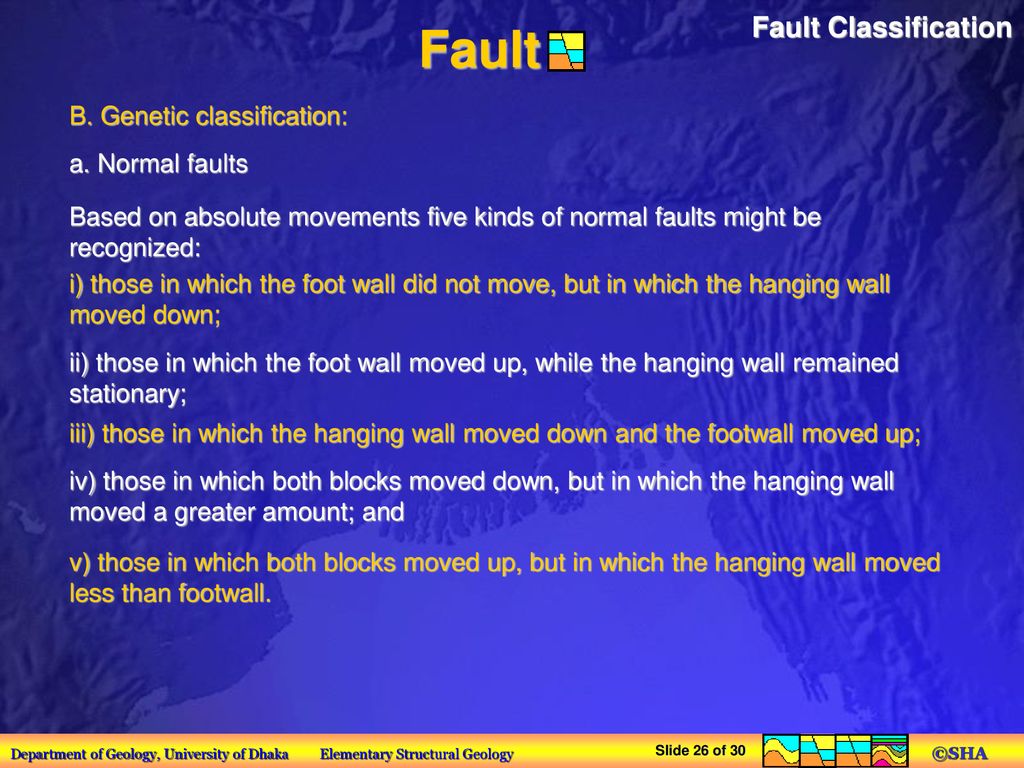Which type of stress causes fault block mountains.
Hanging wall block moved downward.
A low angle reverse fault.
In a normal the hanging wall slips down relative to the foot wall and the reverse fault has the same structure as a normal fault but the blocks move in the opposite direction.
An upthrown block between two normal faults dipping away from each other is a horst.
The image shows a type.
A downthrown block between two normal faults dipping towards each other is a graben.
Compare the image to the right with the normal fault above.
The hanging wall block above an inclined fault plane moves downward relative to the other block a reverse fault is one in which.
Faults that move the way you would expect gravity to move them normally are called normal faults.
The hanging wall slides down relative to the footwall.
Strike slip faults are right lateral or left lateral depending on whether the block on the opposite side of the fault from an observer has moved to the right or left.
A hanging wall block that has moved down between two normal faults.
Normal faults are common.
Low angle normal faults with regional tectonic significance may be designated detachment faults.
The mountains and valleys of the basin and range province of the western united states formed in response to.
A hanging wall block that has moved down between two normal faults.
They bound many of the mountain ranges of the world and many of the rift valleys found along spreading margins of tectonic plates.
Which type of fault is the scientist observing.
A graben is characterized by.
Along a reverse fault one rocky block is pushed up relative to rock on the other side.
In dip slip faults if the hanging wall block moves downward relative to the footwall read more.
What feature in distorted layered sedimentary rocks are evidence of horizontal compression and shortening.
Rift valleys are formed by the sliding of the hanging walls downward many thousands of metres where they then become the valley floors.
C tensional stresses and normal fault movements.
Which of the following best describes a thus fault.
The hanging wall block above an inclined fault plane moves downward relative to the lower footwall block.
The hanging wall block above an inclined fault plane moves downward relative to the lower footwall block.
To the dip is called dip slip faulting.
The hanging wall block has moved up relative to the footwall block along an inclined fault.
In a normal fault the hanging wall moves downward relative to the footwall.

